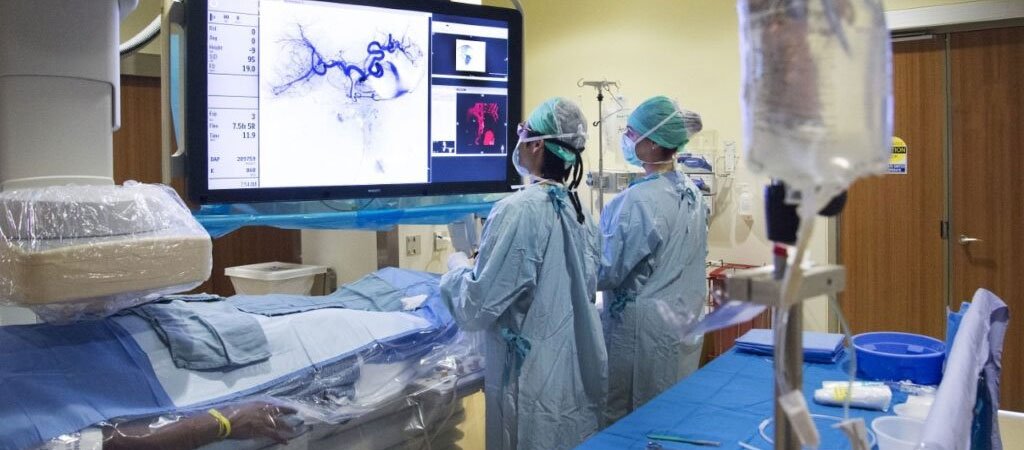Micturating Cystourethrography (MCU) and Retrograde Urethrography (RGU) are imaging procedures focused on the bladder and urethra. In MCU, a catheter is used to fill the bladder with a contrast dye, and X-rays are taken as the patient voids. This allows doctors to observe the flow and detect abnormalities, such as vesicoureteral reflux, where urine flows back from the bladder into the ureters. RGU, on the other hand, involves injecting dye directly into the urethra to evaluate the urethral structure. It is commonly used to identify strictures or injuries in the urethra. Both are valuable for diagnosing urinary tract issues, especially in patients with recurrent UTIs or urethral trauma.
